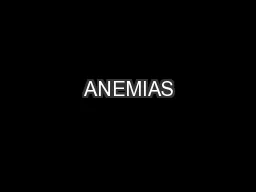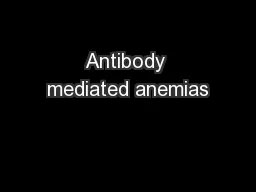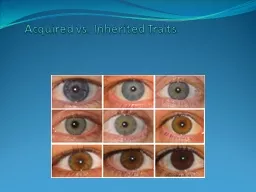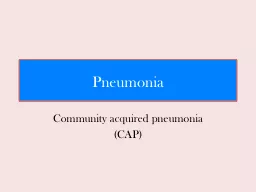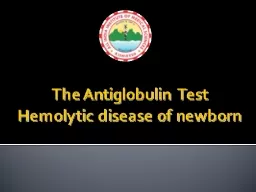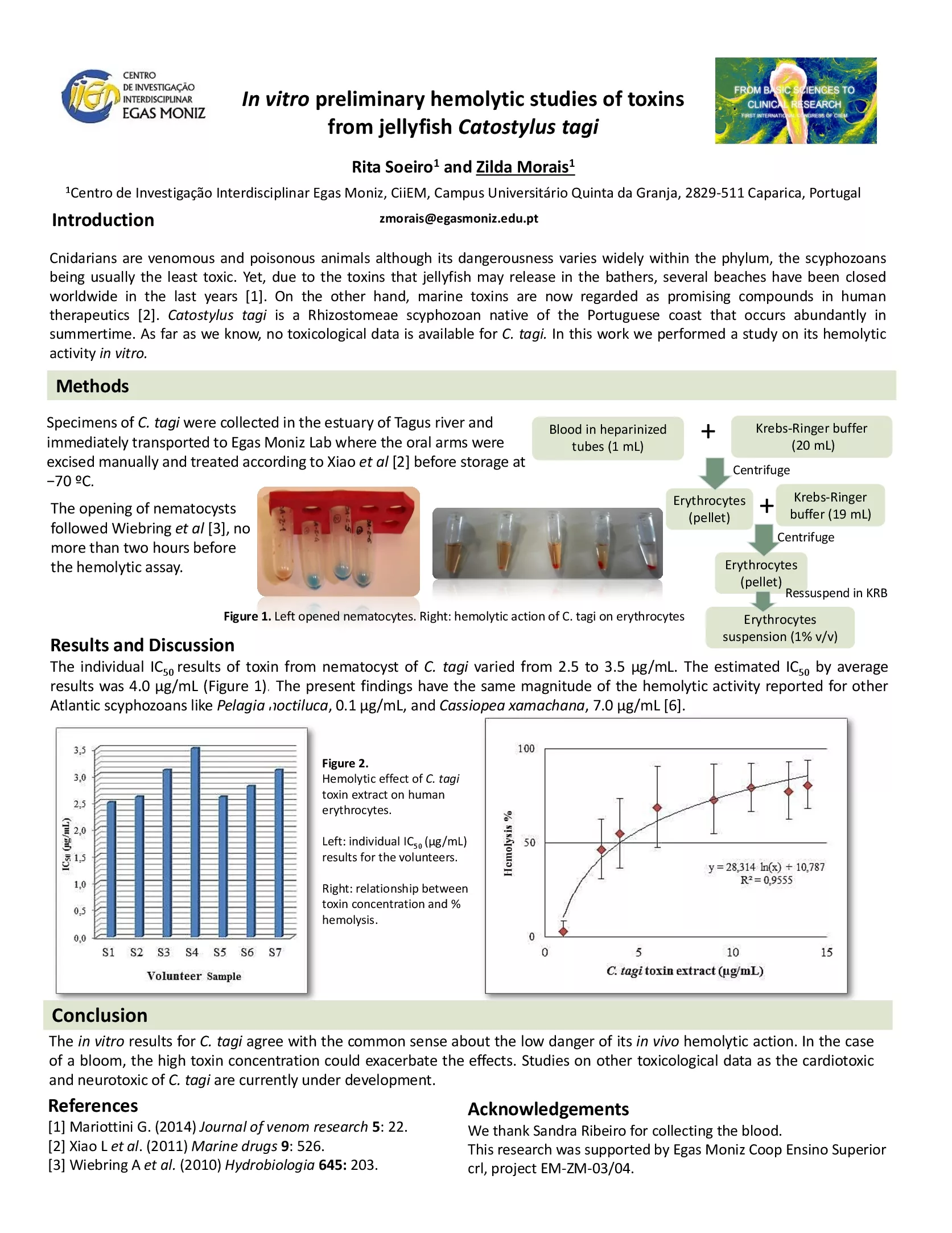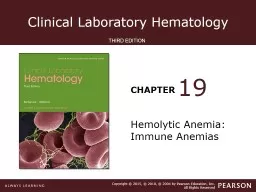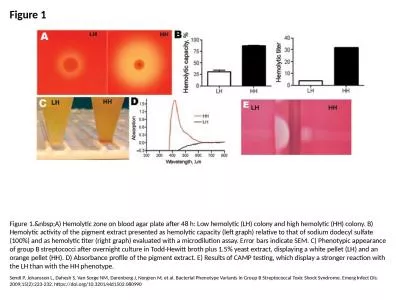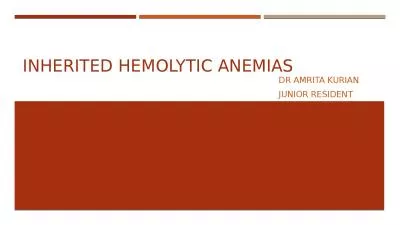PPT-Header Subhead Congenital and Acquired Hemolytic Anemias
Author : bency | Published Date : 2022-05-14
Michael R Jeng MD Michael R Jeng MD NO FINANCIAL DISCLOSURES 1 Red blood cell biology 2 Hemolytic anemia definition assessment 3 Approach to diagnosis 4 Microangiopathic
Presentation Embed Code
Download Presentation
Download Presentation The PPT/PDF document "Header Subhead Congenital and Acquired H..." is the property of its rightful owner. Permission is granted to download and print the materials on this website for personal, non-commercial use only, and to display it on your personal computer provided you do not modify the materials and that you retain all copyright notices contained in the materials. By downloading content from our website, you accept the terms of this agreement.
Header Subhead Congenital and Acquired Hemolytic Anemias: Transcript
Download Rules Of Document
"Header Subhead Congenital and Acquired Hemolytic Anemias"The content belongs to its owner. You may download and print it for personal use, without modification, and keep all copyright notices. By downloading, you agree to these terms.
Related Documents


